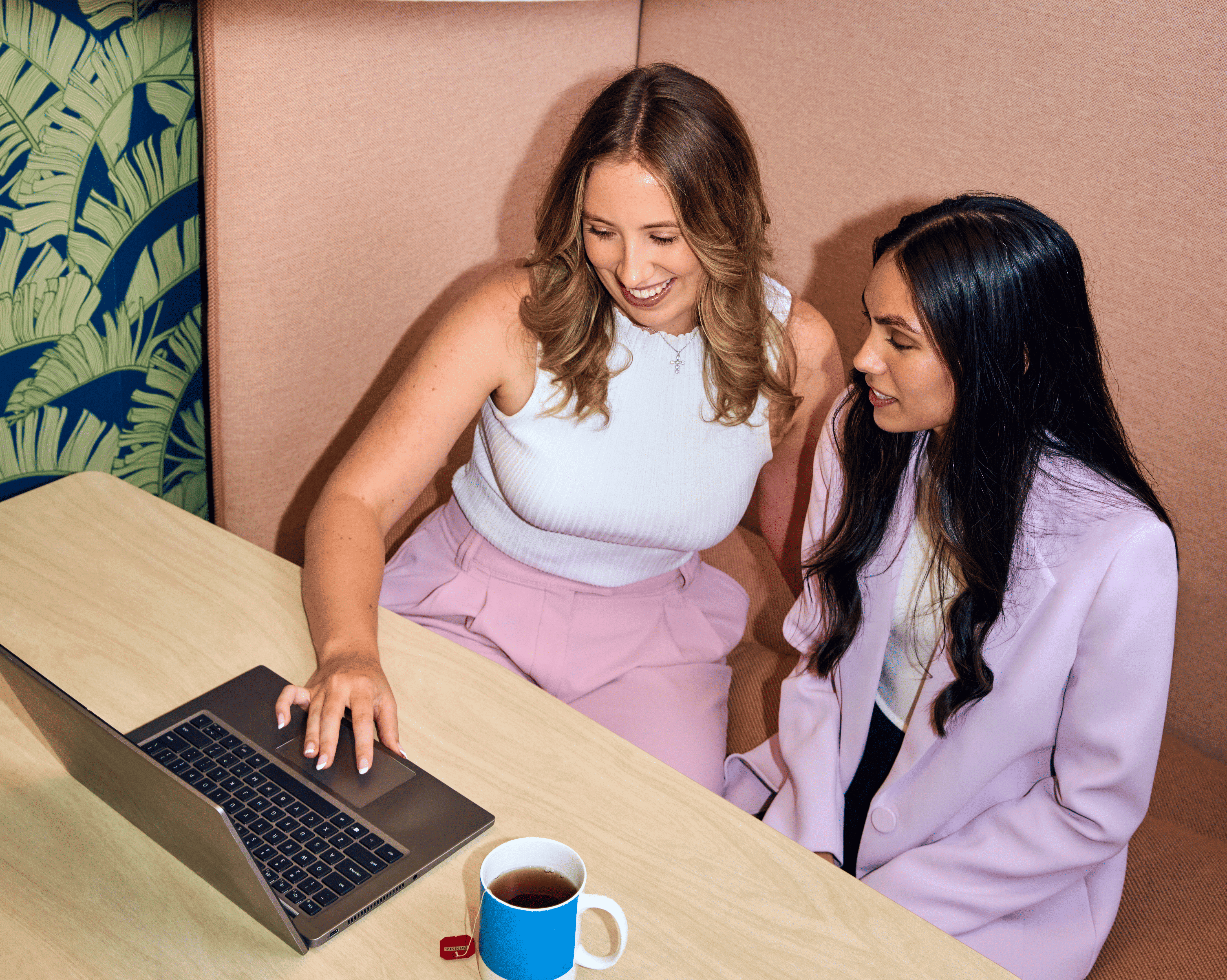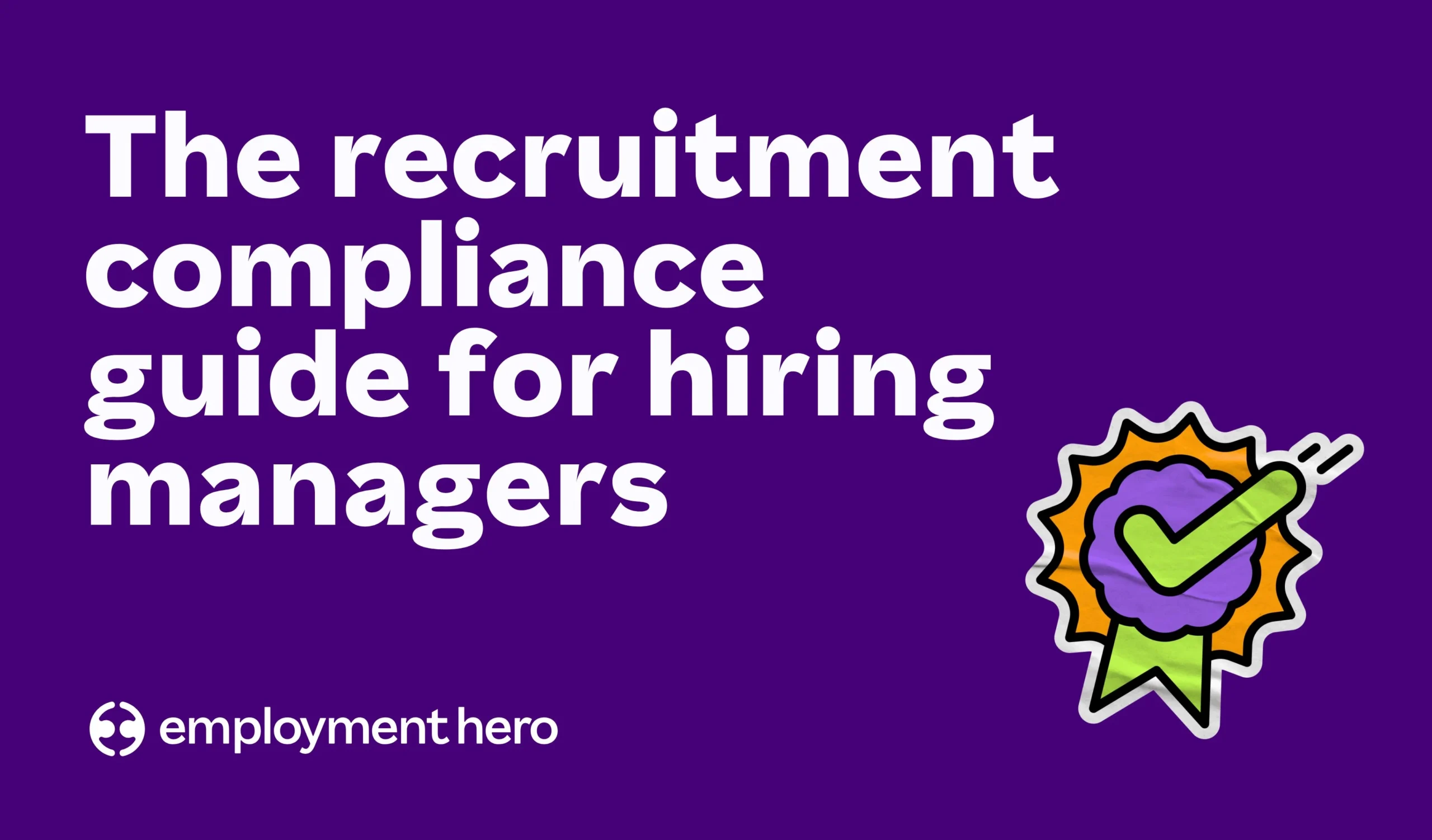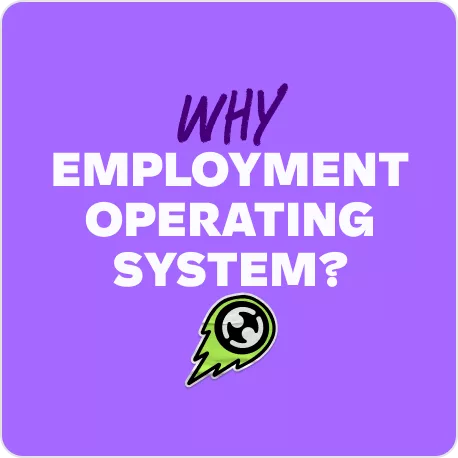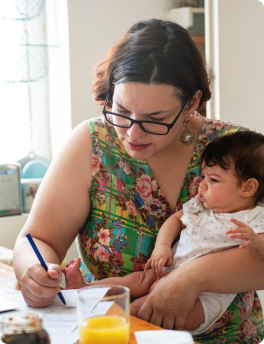Wellness at Work Report 2024 [Australia] | Employment Hero
Published
Wellness at Work Report 2024 [Australia] | Employment Hero
How do you feel about work right now? Productive? Stressed? Burnt out?
We’ll take a guess and say that however you’re feeling right now, current economic trends are an undertone of those feelings.
Slow economic growth, stubbornly high inflation, interest rates that just won’t come down, and a fluctuating unemployment rate is making it harder for businesses to operate and grow. And of course there’s talk of a possible recession on the table – again…
With so many factors at play, it’s clear we’re all feeling an unnerving mix of uncertainty and concern. They can significantly impact one’s sense of wellbeing, which can seep into every part of life – including work.
You may be in perfect physical health, but do you really feel well if you’re in financial distress? You may have a strong sense of occupational fulfilment, but if you don’t feel that you can authentically communicate with others, you might feel excluded. If you’re feeling this way, chances are your employees are too.
The good news is, what employers do to support their employees’ wellness can make a big difference. By being informed about how your team is feeling, employers can make employees feel more supported, fight risks to their wellbeing, and improve overall happiness in every aspect of their lives.
Being informed and across the cold hard facts is the best place to start.
We spend, on average, one-third of our lives at work, which can be exhausting if our wellbeing isn’t supported. That’s why we surveyed over 1,000 workers from around Australia between 12 April to 1 May 2024.
We asked Australian workers about their mental health, how happy they are with their professional relationships, how comfortable they are talking to their manager about hairy topics, how they’re managing the current cost of living crisis, plus so much more.
The results are essential reading for any business leader in 2024. While some results might surprise you, others are crystal clear. Our responses sit on a scale from worrying to insightful, with some pleasantly surprising results to round us out.
In the 2024 Wellness at Work report, we cover;
- The important 2024 wellness headlines;
- The wellness progress report: 2022 vs. 2024;
- The great generational divide;
- Mental health and an unstable world
- How Aussies are holding up in a cost of living crisis
- The prevailing sense of mateship at work
- If Aussies and Kiwis differ or relate when it comes to wellness at work
We also offer a Wellness at Work Webinar where our panel discusses the key themes from this report and delves into the mental health of Australian and New Zealand workers.
Download the report now.
Definition box: What is burnout? If you’re unsure what constitutes burnout, Headspace defines it as the feeling of being “constantly exhausted, emotionally drained, unproductive, and unmotivated at work”.
Key findings
of employees have felt burnt out in the past 3 months due to work.
of employees are satisfied with the working relationships they have with their colleagues.
of Australians are satisfied with the working relationship they have with their manager.
of Boomers are happy with their overall mental health, compared to only 47% of Gen Z.
of Aussies feel uncomfortable talking to their manager about their mental health and wellness concerns.
of Australians are experiencing stress at least a few times a month or more.
The majority of Australians indicated that financial stress and the cost of living was by far the main source of stress in the last 3 months.
Fully remote employees have a greater sense of work-life balance and are overall happier with their mental health, compared to hybrid and on-site workers.
Over half of Gen Z are taking stress leave due to burnout, compared to one in five Boomers.
Women and Gen Z are the groups who are at the highest risk of burnout because of work.
Insights from Sanam Ahmadzadeh Salmani – Legal Counsel, Employment Hero
Insights from Shelley Johnson – Founder of Leadership and HR agency, Boldside
Insights from Rob Dunn – Managing Director (Swag), Employment Hero
For further understanding of employee perspectives, our Australian Employee Expectations Report provides insights into what influences job acceptance and resignation decisions.
Methodology and sample profile
The findings in this report have been determined from a survey organised by Employment Hero. The 10 minute online quantitative survey was deployed using the QuestionPro platform, and survey responses were collected from Australian-based respondents. To complete the survey, respondents had to be employed in any capacity (full-time, part time, casual, fixed-term) and not own the business they worked in. In total there were 1020 survey participants and the survey collected responses between 12 April to 1 May 2024.
For a visual aid to help identify mental health struggles in the workplace, consider our Mental Health ‘Know the Signs’ Poster, which can be displayed in common areas to raise awareness.
Related Resources
-
 Read more: Employment Essentials: Performance Management for SME’s
Read more: Employment Essentials: Performance Management for SME’sEmployment Essentials: Performance Management for SME’s
Effective performance management is more than ticking a compliance box – it’s a critical driver of employee engagement, business productivity,…
-
 Read more: Recruitment compliance guide for hiring managers
Read more: Recruitment compliance guide for hiring managersRecruitment compliance guide for hiring managers
Learn how to manage compliance when finding talent and interviewing candidates in your business.
-
 Read more: Hiring issues holding you back? The business owner’s guide to competing for top talent
Read more: Hiring issues holding you back? The business owner’s guide to competing for top talentHiring issues holding you back? The business owner’s guide to competing for top talent
Published Hiring great people is one of the most powerful ways to grow your business – but it can also…













